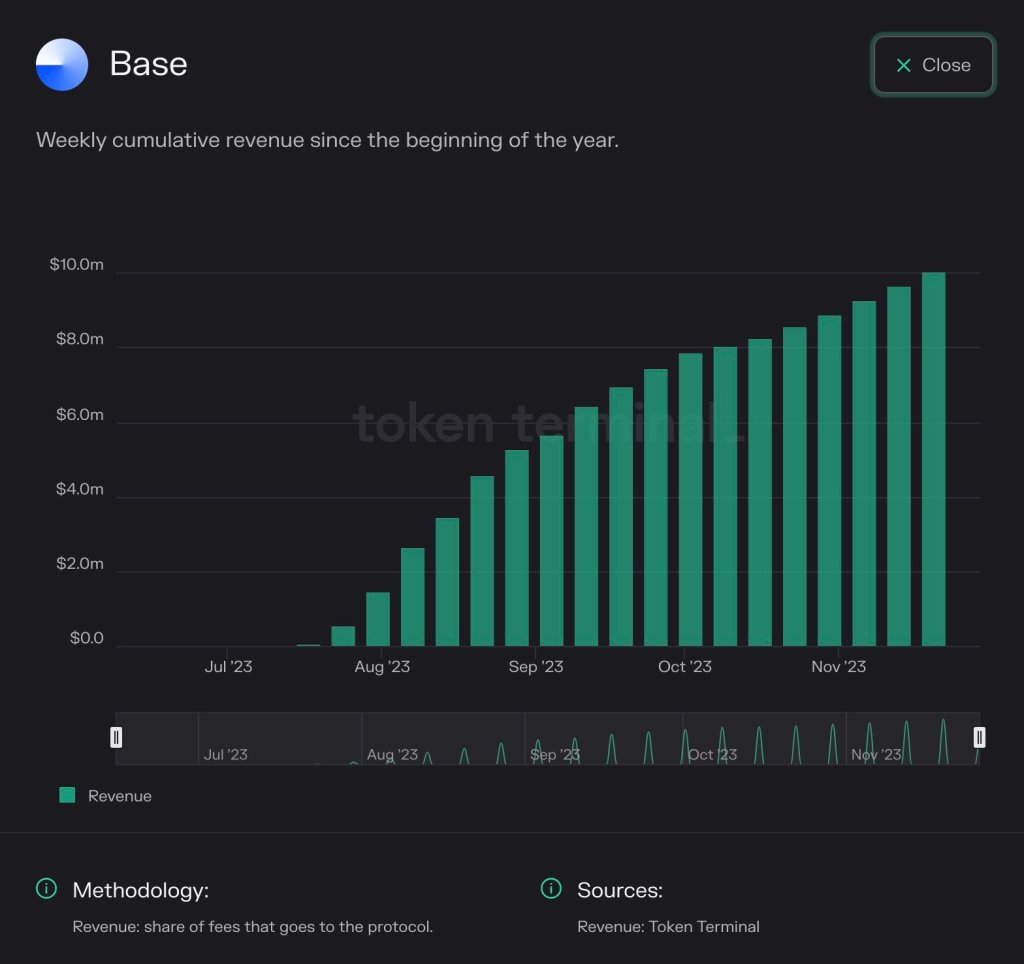
2018-8-27 21:49 |
One of the biggest problems facing blockchain technology is it seems to slow down with mass adoption, not speed up like torrents. Ethereum is a great idea, but it would crumble if processing the loads companies like Google and Amazon handle. IOS is a China-based solution to blockchain’s scalability crisis.
IOS Foundation co-founders Jimmy Zhong, Terrence Wang, Justin Li, Sa Wang, Ray Xiao, and Kelvin Tan developed IOS as an innovative new way to run dApps. Using efficient distributed sharding, a node-to-shard protocol called TransEpoch, Proof of Believability verification, and micro state blocks to create what it hopes will be the blockchain enterprise users need.
We’ll explain a bit more about the technical aspects of the proposed server (it’s still in private testnet) in a minute. First, we’ll explore IOST and Servi, the dual-tokens used by the platform.
Breakdown of IOST TokenIOS has a market cap of $108,920,766 as of August 23, 2018. This is based on a circulating supply of 8,400,000,000 IOST* (out of a total supply of 21,000,000,000) and an exchange rate of $0.012967. Its peak price so far was $0.127085 on January 24, 2018.
The entire IOST supply was distributed during an ICO event. Forty percent was sold, 35 percent was retained by the IOS Foundation, 12.5 percent was allocated to community building, 10 percent to the IOS team, and 2.5 percent to investors and advisors.
IOST is tradeable on a wide variety of crypto exchanges, including Huobi, Binance, OKEx, Ethfinex, and Kucoin. Its most common trading pairs are ETH, USDT, and BTC.
On top of IOST, Servi is also generated for participation on the IOS network. Providing services, reviews, and engaging generates Servi, which can not be traded or exchanged. These soulbound tokens are reset to zero when you validate a block and act as a trust score.
Because the mainnet hasn’t launched yet, IOST is an ERC-20 token on the Ethereum blockchain. It’s supported by most exchanges and wallets that support ERC-20 tokens. The IOST mainnet is due to launch in 2019.
Under the Hood of an Impressive ConceptIf you’re not a computer programmer, sharding is a concept in database architecture that describes how a database table is portioned for performance. By breaking each line into its own server, index size is reduced, which improves search performance.
Additionally, like a torrent, each shard contains different information. They’re basically indexed like books at the library for easy access. While it sounds simple enough, sharding is a very complex system. Distributing information across different nodes carries a lot of risk. With Ethereum, the entire blockchain is held by each network node, but IOST is doing something different.
Using micro state blocks, each shard only stores the headers of previous blocks, greatly reducing the size. It’s also proposing to differentiate which blocks are spread across which shards so every node is only processing a portion of the network.
It’s a novel idea, but it comes with risk of failure, especially when controlled by smaller network. If you’ve ever searched The Pirate Bay (and of course, you haven’t) for the latest summer blockbuster versus an old, obscure foreign film, you know you have to wait longer to download based on the file’s popularity.
While IOST’s fragmented approach intends to resolve Ethereum’s scalability issues, it may do so at the cost of stability and security. IOS partnered with Chaitin Technology in April 2018 to actively pen test the network and look for holes.
The foundation is also actively meeting with companies large and small to forge partnerships quickly through 2018.
Taking Share in a Crowded MarketIOST sounds like a solid project, but it’s just one of a laundry list of Ethereum competitors, like EOS and NEO. In fact, the EOS mainnet launch in June kicked off a smart contract arms race to see which platform can resolve enterprise problems first.
Scalability, security, stability, and interoperability with legacy systems are all factors that can stall a blockchain rollout. Even if a company likes the technology, if they can’t pass it through their often years-long approval process to gain buy-in across all departments, it’ll die in the water.
Each of these blockchain platforms is targeting a widespread audience, rather than aiming at niches, and this is where they’re losing out to more experienced companies. IBM, Maersk, Microsoft, and more are using existing enterprise relationships to push their blockchain solutions.
IOST isn’t just competing with the Ethereums and NEOs of the world – it’s also competing with these legacy tech companies that are already selling enterprises on their proprietary platforms, networks, and services.
Plus, there are solid niche enterprise projects like (surprisingly) Dentacoin for dentistry, OmiseGo for payments, and the Hyperledger Fabric blockchain IBM and Walmart are using to track inventory. IOST hopes to be a marketplace and will depend on the market to determine its true direction.
It’s a very solid technical project on paper, but only buy-in from major enterprises it’s meeting with like Alibaba will reveal whether IOST can live up to its promises and survive in the wild.
IOS SummaryIOS is an ambitious project which, if it works like it’s supposed to when the mainnet launches, could prove a more viable solution than Ethereum, EOS, or NEO.
Of course, it’s also competing with the hundreds of niche blockchains built almost entirely for enterprise adoption. Both legacy and startup tech companies are rushing to shove crypto in every available hole, and IOS is depending on these key factors to survive the war.
IOS uses sharding and a Proof of Believability consensus mechanism to improve the scalability and security of blockchain 2.0 smart contract networks. IOS is being built for enterprise use and, if it has the right tools in place, hopes to handle heavy loads produced by tech companies like Amazon, Facebook, and Google. Partnerships are key to the success of IOS, but once its public test net and main net launches iron out the bugs, this could rapidly change.IOS has hefty ambitions, although it’s interesting that less than half the tokens are in circulation – the 40% currently available from the sale* doesn’t include the 10% to the team, the 2.5% to advisors, and 47.5% for the foundation and community building. So we will have to wait for a working product to know if it’s a scheme, dream, or the next blockchain success story.
The author is not currently invested in any coin, token, or asset listed in this article.
*Edit: A Moderator on the IOST Reddit sub suggests that the accurate circulating supply is 11.03B and that CoinMarketCap’s number is inaccurate.
The post What Is IOST? Introduction to Internet of Services Token appeared first on Crypto Briefing.
origin »LikeCoin (LIKE) íà Currencies.ru
|
|




































